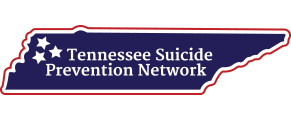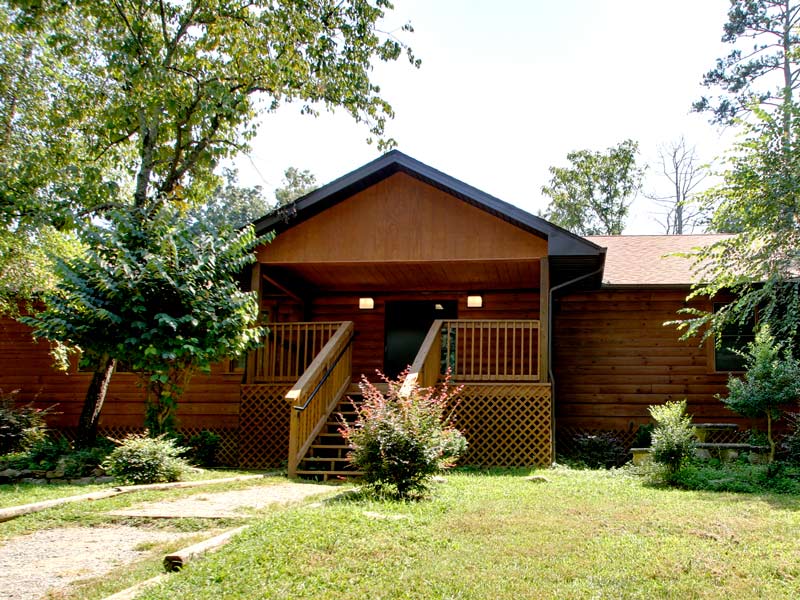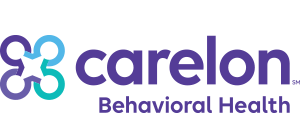No one experiences ADHD the same way as someone else. Understanding the signs, symptoms and side effects of ADHD is a key component toward starting the recovery journey.
Understanding ADHD
Learn about ADHD
ADHD, or attention deficit hyperactivity disorder, is a medical condition that affects the way a child or teen can focus, sit still, and pay attention. It’s entirely normal for people to space out during a boring test, jump into a conversation midway through, or leave their homework at home once in a while. However, people who have attention deficit hyperactivity disorder have much more trouble staying focused and controlling behaviors that will affect their emotions and their ability to do well in school and maintain interpersonal relationships. ADHD is often a disability that interferes with an adolescent’s ability to learn and study.
While symptoms of ADHD often begin in childhood, it may not be diagnosed until the teen or adult years. Sometimes, the symptoms of ADHD decrease in severity as a person ages. Hyperactivity particularly tends to dissipate as a person ages, while problems with organization remain. Over half of the children diagnosed with ADHD continue to have symptoms as adolescents and teens.
There is no cure for ADHD, so doctors who treat ADHD in teens help by effectively managing the symptoms in an individualized approach. Most doctors follow a multimodal approach, using several different methods at the same time to help a teen reach his or her full potential. Common treatment approaches include medication, family therapy, individual counseling, and making changes in school that are more appropriate for the teen’s learning style.
Statistics
ADHD statistics
ADHD is a very common disorder affecting many adolescents in the United States. About one to three children in a classroom of 30 students has ADHD, with boys being three to six times more likely to be diagnosed with ADHD than girls. It has been shown that ADHD affects between 5% and 7.5% of school-aged students. According to the CDC, in 2011 about 11% of children between the ages of 4 and 17 (or 6.4 million) have been diagnosed with ADHD.
Causes and Risk Factors
Causes and risk factors for ADHD
As a brain disorder, researchers believe that ADHD is not the result of a single factor, but rather the interplay of genetics, brain chemistry, and environmental factors. It’s worth noting that current research does not support the claim that ADHD is caused by eating too much sugar or watching too much television.
The most common causes for ADHD in teens includes:
Genetic: Research shows that ADHD likely has a familial component, which means that if a close relative has ADHD, the chances are higher that a person will develop the disorder. However, not all people who have ADHD have a close relative with the disorder.
Physical: ADHD is caused by the deficiencies of certain neurotransmitters in the brain that are responsible for the brain’s ability to focus and pay attention. Low levels of dopamine, in particular, are noted in teens who have ADHD.
Environmental: There are several environmental factors noted in the development of ADHD. Exposure to toxins such as lead, maternal drug or tobacco use during pregnancy, and maternal exposure to environmental toxins during pregnancy all can play a role in the development of ADHD.
Risk Factors:
- Premature birth
- Being male
- Traumatic brain injury
- Low birth weight
Signs and Symptoms
Signs and symptoms of ADHD
As ADHD is a broad disorder that affects many aspects of a person’s life, it can showcase symptoms in different ways in different teens. As ADHD occurs more frequently in boys than girls, the behaviors and symptoms may be markedly dissimilar. Boys, for example, may display more hyperactive symptoms, while girls may tend to be quietly inattentive. Some of the most common signs and symptoms of ADHD in teens and adolescents include:
Behavioral Symptoms:
- Loses or forgets homework and other important things
- Restlessness
- Interrupts or intrudes on other people
- Difficulty waiting when taking turns
- Blurts out answers before questions have been finished
- Fidgets with hands or feet
- Squirms while sitting
- Talks excessively
- Challenges engaging in activities quietly
- Jumps from one activity to another
- Problems with academic achievements
- Failing classes
- Impulsivity
- Risk-taking, thrill-seeking behaviors
- Poor interpersonal relationships
Cognitive Symptoms:
- Easily distracted, even when doing something enjoyable
- Frequent daydreaming
- Trouble staying focused or paying attention on a task
- Trouble following and focusing on instructions
- Challenges organizing tasks and activities
- Makes careless mistakes
- Problems paying close attention
- Boredom
- Poor judgment
Effects
Effects of ADHD
Untreated, the effects of ADHD in teenagers can range from mildly irritating to life-changing. While ADHD cannot be cured, proper treatment of ADHD in teenagers can be quite effective and help to effectively control the symptoms. Common effects of untreated ADHD include:
- Failing out of school
- Negative judgment by peers and other adults
- Consequences of risk-taking behaviors
- Social isolation
- Poor self-esteem
- Alcohol and drug abuse
- Increased car accidents than others who do not have ADHD – teens with ADHD are two to four times more likely to have a car accident
- Delinquent behaviors
- Self-harm
- Suicidal thoughts
Co-Occurring Disorders
ADHD and co-occurring disorders
Many teenagers and adolescents who have ADHD are also struggling with co-occurring mental health disorders, which can complicate diagnosis and treatment of ADHD. The most common co-occurring disorders include:
- Learning disabilities – which includes problems with comprehension and communication
- Anxiety disorders – which worsen the symptoms of ADHD
- Depression
- Bipolar disorder
- Oppositional defiant disorder
- Conduct disorder
- Tourette syndrome











